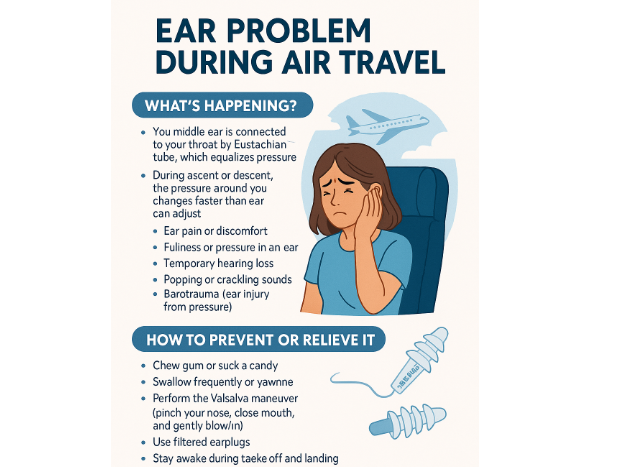Corona infection numbers are rising, as reflected by the SARI dashboard, which provides information on inpatient hospital admissions with respiratory illnesses.
“If we see that currently, Corona infections are increasing again, this is strongly due to the new variants,” explained complexity researcher Peter Klimek, who sees no reason for great concern. The situation is hardly surprising, Andreas Bergthaler told APA.
New variants blamed
Klimek, a researcher at the Complexity Science Hub Vienna and the Medical University of Vienna, blames the recent flare-up of infection mainly on new variants such as EG.5, also known as Eris. Internationally, BA.2.86, an omicron subvariant also called Pirola, which has not yet been detected in Austria, is also a new force in infection incidence. However, “when it comes to the damage the virus can do, the situation today is no longer comparable to that in 2020 and 2021,” Klimek said.
We are now in a phase “where we see clear waves of infection every few months,” he said. After a quiet summer, it starts up again.” The new variants have shown “relatively large increases relatively quickly, he said.” But more precise statements are challenging to make, he said because monitoring is no longer as close-meshed “for good reasons,” namely reduced risk.
More corona hospitalizations
Corona hospitalizations have also recently increased again in Austria, most recently at about 155 recorded inpatient admissions in calendar week 34 (compared with 37 in week 28), according to the SARI Dashboard. Klimek said the number of COVID-19 patients in hospitals is at a “low level” compared with 2020 and 2021. “It’s very unlikely that Covid alone will put us back into hospital burdens like we had in the first two years of the pandemic.” The new variants did not change that. Even if the viral load collected in wastewater analyses indicated Corona infections had been relatively high in the wake of the past waves, it would translate into severe illness at a much lower rate.
Still, Klimek said, the more risk factors that come together and the longer it has been since one’s last immunization, the more likely one is to become ill. He said that’s more of an individual risk assessment that should be used as a basis here. “You should just continue to be responsible about it when you have symptoms, when you sneeze, when you cough.” From an epidemiological point of view, he said, there is no need for broad measures or regulations that “target all people, including those who have no symptoms, for example, and who do not regularly have close contact with groups of people who are particularly in need of protection.”
Wearing masks is still a good idea when you are in situations where viruses are transmitted quickly, such as in close contact. However, it is too early to assess “what we will be facing in the fall, for example, in hospitals or nursing homes as hotspots and high-risk areas. If necessary, measures such as increased testing could make sense again, as is already being practiced in some cases.
Bergthaler was not surprised.
Virologist Andreas Bergthaler of the Medical University of Vienna and the Research Centre for Molecular Medicine (CeMM) of the Austrian Academy of Sciences (ÖAW) was also unsurprised: The SARS-CoV-2 infection incidence is increasing, as has been the case every autumn so far, probably additionally fueled by the start of school and other factors, Bergthaler said.
He said the Eris variant has been the dominant variant in Austria, as in many other countries, with more than 40 percent in recent weeks. “There is no evidence with this variant that it is fundamentally more dangerous than other variants.” In isolated cases, however, more severe courses are likely with an increased incidence of infection, he said. “The big difference with 2020 is that the immune system in most people is now well trained through vaccinations or even natural infections, so it is more likely that there will be a low number of severe cases in the population. In addition, we can better assess COVID risk, although there remain important unanswered questions, especially about postviral problems such as long COVID.”
The Pirola variant could still play a role in the future, “but there is some evidence that this variant is less infectious than thought and does not have quite as strong immune escape properties.” In addition, the vaccine adapted to the dominant variant, Omicron XBB.1.5, would also cover Pirola “relatively well.” At this point, he said, there is “not a lot of potential for excitement. “The virus is changing; we have immunity, and at the same time, it’s heading into winter and infection numbers will increase.”
Mask issue
Suppose the incidence of infection continues to rise, and there are significantly increasing numbers. In that case, it is reasonable to wear masks again voluntarily for one’s protection and the protection of others said Health Minister Johannes Rauch (Greens) at the press foyer after the Council of Ministers. He also practised this himself. A mask obligation is not foreseeable, however. In an interview with the “Kleine Zeitung” (Thursday edition), he had recommended wearing masks in the event of an increased incidence of infection, “for example, in the subway – where many people stand particularly close together.”
Millions of masks are stored.
Rauch’s recent inquiry response shows that more than 30 million masks are currently stored in the federal warehouse under the Federal Crisis Storage Act. Most of these are mouth masks per the EN 14683 standard, more than six million FFP2 masks and more than 1.29 million MNS masks. In addition, there are nearly 850,000 FFP3 masks. The Ministry of Health also has 305,000 FFP2 masks in storage.
Rauch referred to the wastewater monitoring system, saying an overview of the coronavirus situation is being maintained. There are slightly increasing numbers. The company is prepared for the fall when temperatures drop, people are close together, and other infectious diseases will be more prevalent. The first adapted vaccines against the coronavirus arrived in Austria on Tuesday.
- source: vienna.at/picture: pixabay.com
This post has already been read 2807 times!



